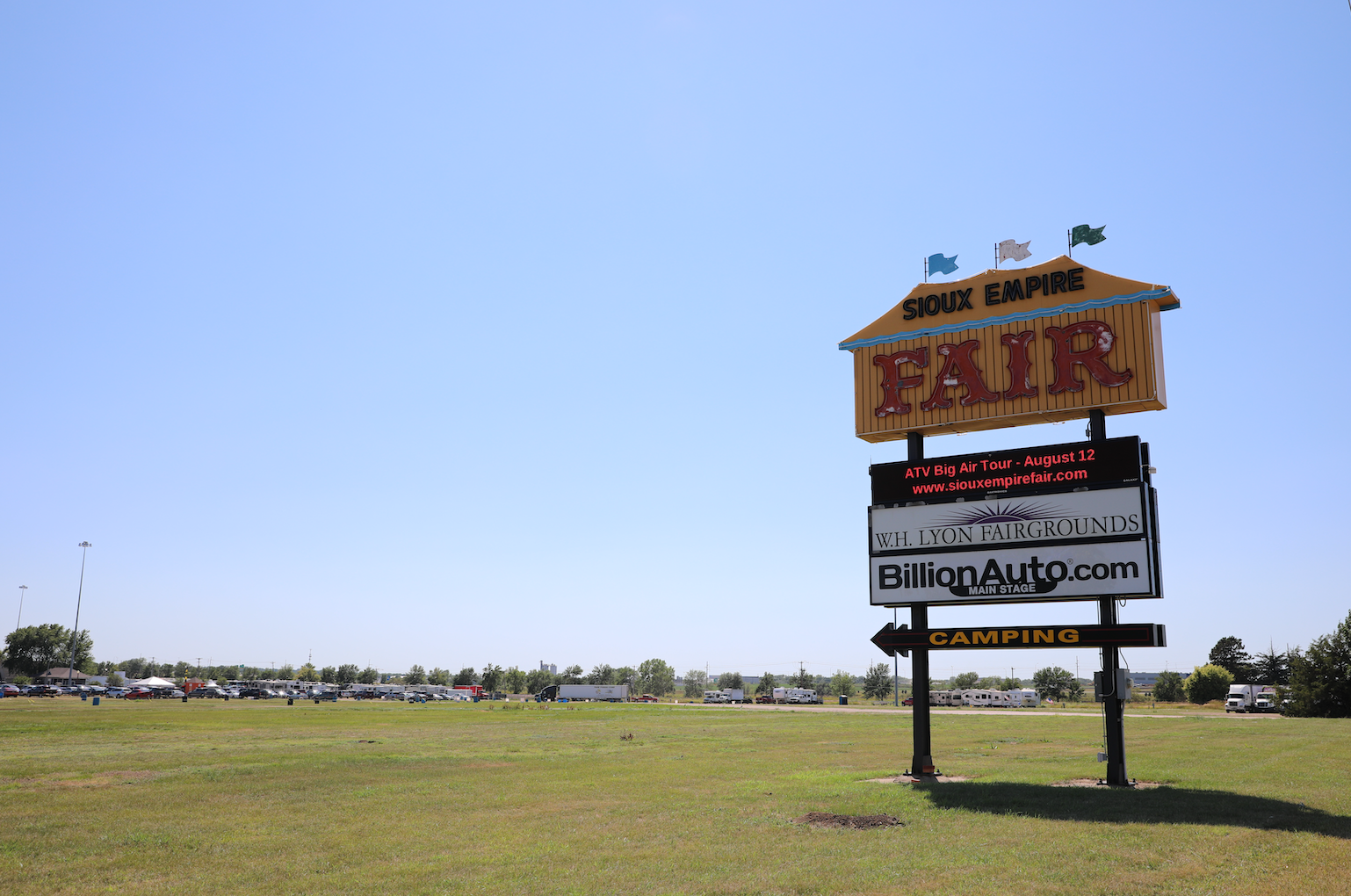Simplified: Any way you slice it, the future of the W.H. Lyon Fairgrounds is complicated. Here's a look at the barriers facing county commissioners regardless of the future path they choose for the fairgrounds.
Why it matters
- Let's start with a little history. Winona A. Lyon donated the nearly 50-acre fairgrounds (with several strings attached) in 1938. Since then, it's been the site of the annual Sioux Empire Fair along with various other events.
- That gift agreement is important because if the strict rules of the agreement aren't followed – namely, ensuring it's the continued site of a fair – the land goes back to Lyons's heirs.
- Where it gets tricky is the gift agreement creates barriers to the county selling the land, and the county's limited budget creates barriers to funding improvements to the existing site. And, in both cases, county commissioners say they just don't have enough information right now.
"We don't have a chicken or an egg, so we don't know which one comes first," Commissioner Dean Karsky said.
What do we know about the potential to sell?
If you haven't already guessed, it's complicated.
There's some question as to whether the county even has the right to sell the property since it was a gift.
- That question would likely have to go before a judge, Commissioner Cindy Heiberger said.
Then, if the county won the legal battle to sell the property, it would first have to declare the land as surplus and then choose from one of three options to sell:
- Public auction,
- A call for bids,
- Or list it with a broker.
So, it's not as simple as saying "yes" or "no" to the existing $65 million offer from fairground neighbor Knife River.
And, even if it was a simpler path forward, commissioners don't agree on whether selling the land is even on the table for discussion.
"If we start giving away gifts that people have given us, who's going to want to give us anything," Heiberger said.
What do we know about the potential for improvements to the existing site?
At this point, not a whole lot.
The county appointed a task force to look into this topic with the help of a hired consultant, but so far the task force has only had one meeting a few months back to tour the fairgrounds.
"We're definitely in the beginning stages," task force member Erik Nyberg said.
A late-90s task force estimated more than $30 million in improvements were needed to the fairgrounds, but there's not a sense of what the last 20 years has done to change that potential figure.
What happens next?
The county has commissioned an economic impact and market study to assess how much money the fair brings in and learn more about the overall affect it has on the community.
That study will then inform the next steps of the task force, which Nyberg said he expects to begin meeting more regularly after a bit of a hiatus during the summer.
As far as decisions on what happens to the fair? Commissioners have mixed views.
- Heiberger said she hopes to have some decisions by the end of the year.
- Karsky said he's not sure this is a topic that'll be resolved in the foreseeable future.
- And Commissioner Gerald Beninga said the first step is gathering all the information – then the county can look at getting stakeholders together to figure out the best path forward.
"It's an ongoing process," Beninga said.


